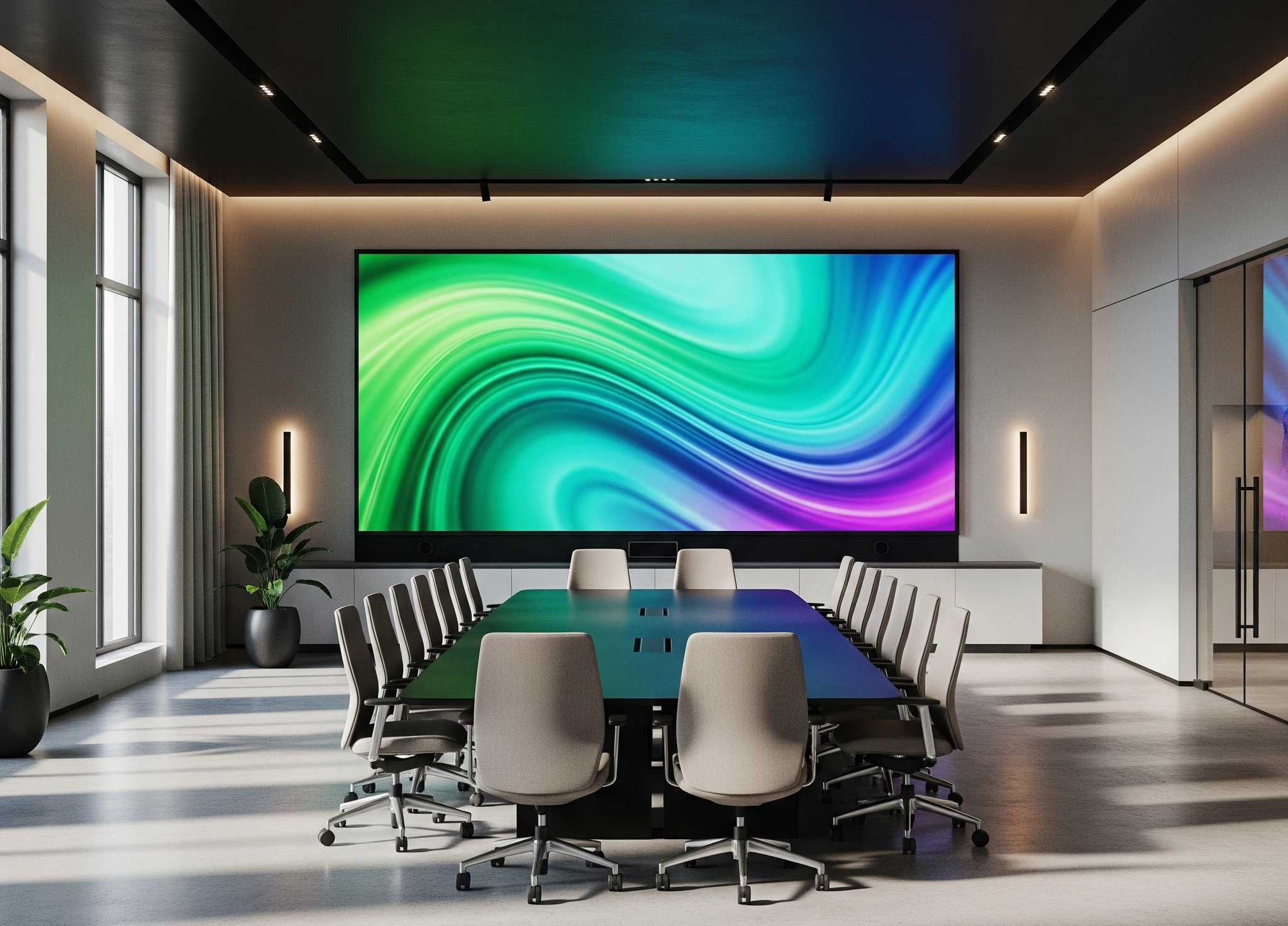🎧 Audio Technology's Leap: Immersive, Personalized, and AI-Driven
The audio technology landscape is undergoing a dramatic evolution, moving beyond simple stereo sound to highly immersive, personalized, and AI-driven experiences. The latest breakthroughs are redefining everything from how we listen to music at home to how live events are mixed and delivered.
1. The Age of Immersive Audio
The biggest shift in consumer and professional audio is the move toward three-dimensional soundscapes, allowing listeners to feel fully enveloped by the audio.
The Power of Spatial Sound
Technologies like Dolby Atmos and Sony 360 Reality Audio treat individual sounds as "objects" that can be precisely placed in a 3D space—above, behind, and all around the listener. This is a fundamental departure from traditional stereo, which only allows placement left and right.
The Impact: Spatial audio has moved from being a niche cinema technology to a standard feature across major platforms, including Apple Music, Amazon Music, and most modern soundbars and AV receivers. For listeners, this means more lifelike movies and music with greater clarity and depth, even when listening through headphones using binaural rendering—which simulates the 3D field using just two drivers.
The Live Environment
In professional settings, systems are increasingly adopting Audio-over-IP (AoIP) protocols like Dante. This allows multi-channel audio to be routed and mixed digitally over standard Ethernet cables, making complex, immersive stage setups for live events far easier and more flexible than older analog methods.
2. Artificial Intelligence (AI) in Sound
AI is no longer just a gimmick; it's a fundamental tool that is automating production tasks, enhancing sound quality, and even creating new content.
AI-Driven Processing and Restoration
AI algorithms are being used to automate complex sound engineering work. Tools can now instantly detect and isolate vocals from complex background noise, leading to cleaner recordings for podcasts and virtual meetings. For content creators, AI-powered software can automatically cut filler words and unwanted silences, saving hours of manual editing work. Furthermore, AI platforms can automatically analyze a track and apply high-level equalization, compression, and limiting to achieve a professional sound faster.
Generative Sound Design
The fusion of AI with audio design provides powerful creative capabilities. Deep learning neural networks are used for advanced pitch correction and voice character transformation, allowing producers to subtly or dramatically change the age, gender, or emotional tone of a recorded voice while preserving a natural quality. Additionally, AI can now be used to generate entirely new musical elements or sound effects, providing sound designers with a way to break creative blocks and craft unique soundscapes for film, TV, and gaming.
3. Advancements in Wireless Connectivity
Wireless audio is focused on closing the quality gap with wired connections and expanding functionality to create a seamless listener experience.
Low Latency and New Codecs
New Bluetooth standards are eliminating the frustrating lag between video and audio. Codecs like those in the Snapdragon Sound platform are pushing latency to sub-20 milliseconds—a crucial threshold for fast-action gaming and media consumption. The new LC3 (Low Complexity Communications Codec), part of the Bluetooth LE Audio standard, promises significantly better audio quality at lower bitrates, improving efficiency and extending battery life for all personal audio devices.
The Shared Listening Future
A key upcoming feature of this new wireless standard is Auracast. This will allow a single audio source (such as a public TV, a cinema screen, or a presentation) to broadcast sound to an unlimited number of nearby compatible devices simultaneously. This opens up entirely new possibilities for shared, high-quality audio experiences in public and commercial spaces.
The audio revolution is delivering a highly personalized, deeply engaging experience, ensuring the sound we hear is not just high-fidelity, but truly smart.
Chip - BG AudioVisual




